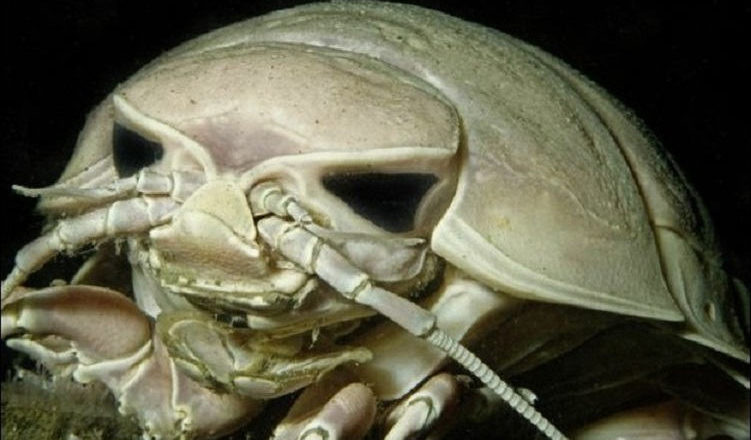We are all familiar with whales, dolphins, and sharks; we know what tuna and snapper look like, but what about some less familiar parasites such as Tongue Eating Louse? There is actually a number of lesser-known animals in this world that we know little or nothing about them most of the times, it is interesting to investigate a few of these creatures and understand them a little more. This is a strange looking parasitic white isopod from the Cymothoidae family. These types of fish found generally in the coastal area of California. They come with a specific characteristic. These parasites can replace their tongue with their tongue itself. This is a very uncommon characteristic and they have many other surprising characteristics.

(1) They are the parasitic pests and they are mastered of the skill to change their sex. This is a common survival strategy of that. As a male parasite enters into the fish, it easily transforms into a female They can grow massively till there is no other parasite and settles better in their own new home. During this changing process, their eyes shrink.
(2) They have a pretty much parasitic lifecycle. Through the gills, they enter to the body of a victim and its lifecycle starts from that point. Female parasites can attach themselves easily to its tongue but the male parasites attach on its branchial arch beneath, this is behind female parasites.

(3) After establishing themselves they begin to feed on the blood of the tongue. They use their front claws for the process and they feed the blood generally from the major artery. With time they become bigger and huge. This parasite eventually replaces the tongue of the fish. They attach themselves with the tongue stub’s muscles for the process.
(4) After replacing the tongue, some of them feed the blood of the host and others also feed on the mucus of the fish.
(5) They generally display the protandrous hermaphroditism. They grow up as male but turn to females by changing sex.

(6) It is quite mysterious until now, and still not discovered that how the fish or the host of the parasites stays safe even after the parasite exhibits such major change in its body.
(7) Another mystery associated with the parasite is, the victim fish grows on after the attack of the parasite and during the process that the parasite replaces the tongue.
(8) They can attack both the smaller fishes and larger fishes.

(9) Tongue-Eating Louse is a specific type of parasite that evolves their body shape according to the curves inside the mouth of the host fish. The fish tongue is very dissimilar than the human tongue because there is no such flexibility or true musculature.
(10) Even with the parasites in their place, these fishes can use their body as it works generally and can do the regular functions. The isopod wanted to feed on the blood of the fish but according to the researchers, they maintain the regular body weight and the adequate quantity of foods in the digestive tract.









